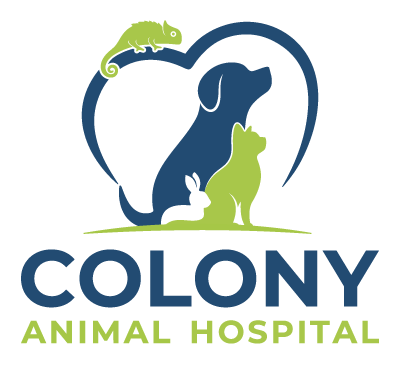Library
-
Pet birds often become ill when they are not cared for or fed appropriately. Birds can develop infections with bacteria (e.g., Chlamydia psittaci) and parasites (e.g., Giardia). They also commonly suffer from reproductive problems (e.g., egg binding and tumors) and feather-picking. Birds on all-seed, high-fat diets may become obese and develop fatty liver syndrome. Older birds may develop cloacal papillomas or cancer. Your veterinarian familiar with birds will formulate an appropriate diagnostic and treatment plan if your pet bird becomes ill.
-
Turtles may be affected by one of the following diseases: metabolic bone disease (MBD), vitamin A deficiency, respiratory diseases, abscesses, shell infections, shell fractures, and parasites. Improper diet, poor water filtration, and lack of UV light are contributing factors for many aquatic turtle diseases. Seek immediate veterinary care if your aquatic turtle shows any deviation from normal.
-
Turtles may be affected by any of the following conditions: metabolic bone disease (MBD), vitamin A deficiency, respiratory infections, abscesses, shell infections and fractures, and parasites. This article outlines typical signs and treatment for these common conditions. Seek immediate veterinary care if there is any deviation from normal in your pet turtle.
-
Common conditions of pet snakes include infectious stomatitis (mouth rot), parasites, skin infections, respiratory disease, septicemia, and viral diseases such as inclusion body disease (IBD). Signs may be specific for a certain disease or non-specific, such as lack of appetite and lethargy, which can be seen with many diseases. Any deviation from normal is a cause for concern and should be evaluated by your veterinarian as soon as possible. This handout outlines how to know your snake is sick and the treatments for common conditions.
-
Snakes have several unique problems and understanding these problems will allow you to better care for your pet and minimize future health care problems and concerns. This article outlines some of the most common problems.
-
Severe heart disease in cats can lead to congestive heart failure, a condition that occurs when the heart is no longer able to pump blood to the body, and fluid starts to back up. With right-sided heart failure, fluid backs up in body cavities, whereas with left-sided heart failure, fluid backs up into the lungs. The most common type of heart disease in cats is hypertrophic cardiomyopathy (HCM). Difficulty breathing is the number one clinical sign.
-
Congestive heart failure (CHF) refers to the heart's inability to pump adequate blood to the body. There are many causes of CHF in dogs. The two most common causes are mitral valve insufficiency (MVI), or a leaky mitral valve, and dilated cardiomyopathy (DCM). The most common clinical sign of CHF is persistent coughing accompanied by difficulty breathing. Other signs include coughing when at rest or sleeping, an increased resting respiratory rate or excessive panting, persistent loss of appetite, a swollen belly, and pale or bluish gums.
-
Conjunctivitis means inflammation of the conjunctiva. If you see excessive tearing from one or both eyes, abnormal discharge, and reddened conjunctival membranes, your cat may have conjunctivitis. The most common causes of conjunctivitis include infectious diseases and non-infectious conditions, including allergies, injuries, hereditary conditions, and tumors. The approach to non-specific conjunctivitis is to use eye medications containing a combination of broad-spectrum antibiotics to control the bacterial infection and anti-inflammatory drugs to reduce the inflammation. The prognosis depends on the specific diagnosis. It can be a recurring condition in some cats.
-
Conjunctivitis means inflammation of the conjunctiva. The most common signs of conjunctivitis include discharge from the eyes, squinting or excessive blinking, and redness or swelling around the eyes. Causes of conjunctivitis include bacterial and viral infections, allergies, breed-associated conditions, and tumors. Conjunctivitis can be secondary to other eye conditions including eyelid abnormalities, corneal ulcers, decreased tear production, uveitis, or glaucoma. To differentiate many of these conditions, your veterinarian must perform a complete and detailed ophthalmic examination, as well as several additional diagnostic tests. Treatment may include both topical and oral medications. Most dogs have an excellent prognosis, though some causes of conjunctivitis require long term or surgical treatment.
-
Conjunctivitis in Cats
Se trata de un término médico que está formado por el sufijo -itis, que significa inflamación de. Una conjuntivitis se define como la inflamación de la conjuntiva. La conjuntiva es una membrana mucosa, similar a la mucosa de la boca o de la nariz. Esta membrana está formada por una capa de células epiteliales con células secretoras de moco, que cubren el globo ocular y la parte interna de los párpados.

